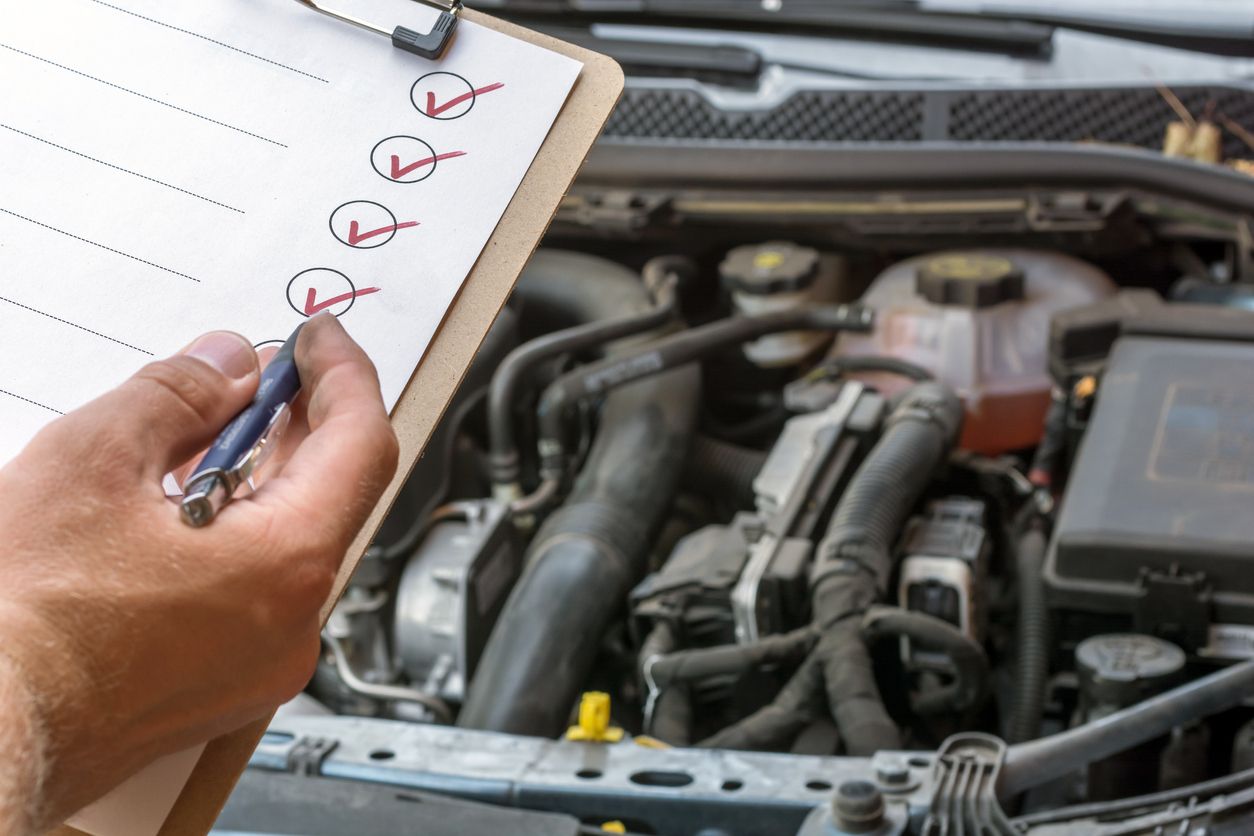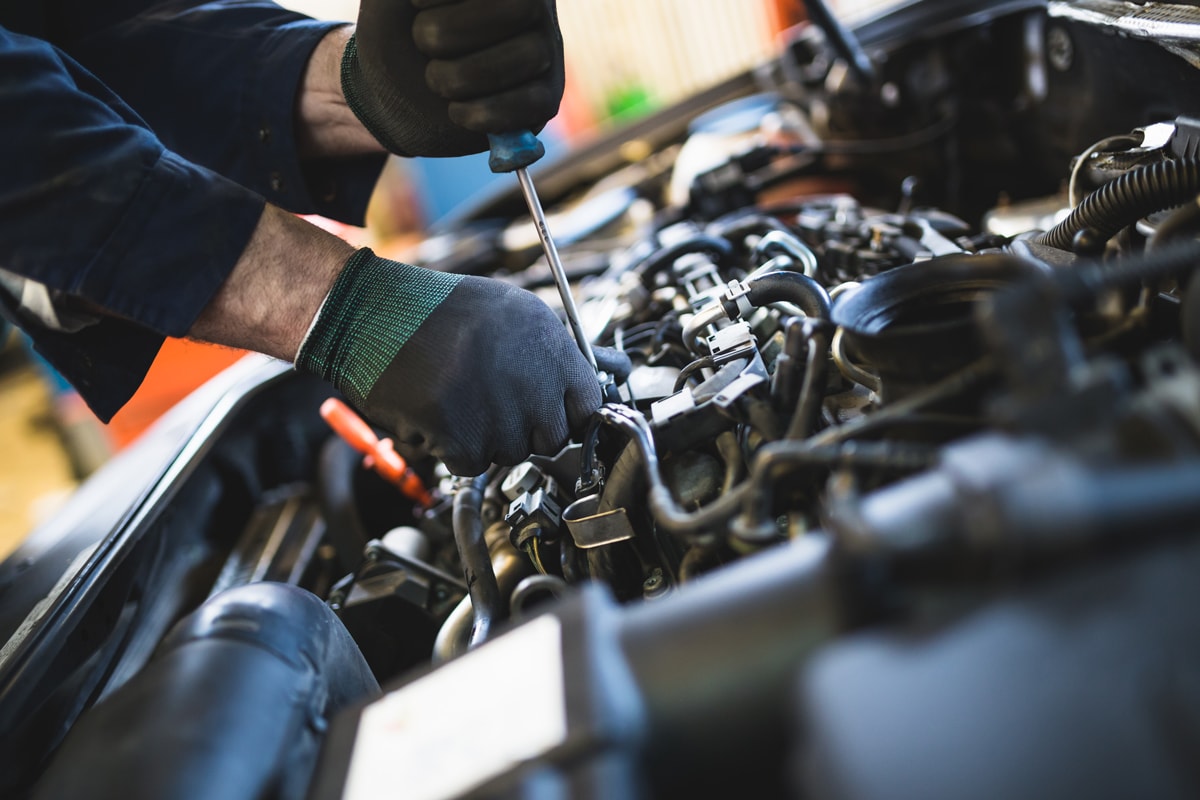All Categories
Featured
The timing belt is an important element of your engine, responsible for integrating the activity of different engine parts, such as the crankshaft and camshaft. While the timing belt may not be something you believe around frequently, neglecting its maintenance can lead to considerable engine damage and pricey repair services.
What Is a Timing Belt and Just How Does It Function? The timing belt is a rubber or composite material belt that attaches the crankshaft to the camshaft in an inner burning engine. The camshaft controls the opening and closing of the engine's intake and exhaust shutoffs, and it has to be timed perfectly with the activity of the pistons in the engine. The timing belt makes sure that these elements are in sync, allowing the engine to run smoothly.
If the timing belt stops working or becomes worn, the camshaft and crankshaft will certainly no more be synchronized, which can trigger the engine's valves to hit the pistons. This brings about disastrous engine damages and often requires expensive repairs or perhaps an engine replacement.
Why Is Timing Belt Replacement Important? Gradually, the timing belt can wear down as a result of rubbing, heat, and general engine wear. While it may seem like a tiny concern, a damaged timing belt can result in major engine issues. Right here's why timely replacement is essential:
Preventing Engine Damages: As discussed, a busted or sliding timing belt can create the engine's shutoffs and pistons to clash. This leads to curved valves, damaged pistons, and in serious instances, a full engine failure. Changing the timing belt before it breaks can prevent this costly damages.
Preserving Engine Efficiency: A damaged timing belt can interrupt the synchronization of the engine parts, reducing overall engine efficiency. Changing the belt assists preserve ideal engine function, guaranteeing smooth procedure, enhanced gas efficiency, and better efficiency.
Avoiding Unforeseen Failure: A damaged timing belt can leave you stranded on the side of the road, causing a significant inconvenience. By replacing the timing belt at the suggested periods, you can stay clear of the risk of an unanticipated malfunction, specifically in the center of a long trip or when you the very least anticipate it.
![]()
Conserving Money in the Lengthy Run: While timing belt substitute can appear like a cost you might wish to avoid, it's more affordable than the price of repairing or replacing a damaged engine. The replacement expense is fairly inexpensive contrasted to the comprehensive repair work needed if the timing belt breaks. Aggressive upkeep can conserve you hundreds of dollars in fixings and protect your automobile's worth.
When Should You Replace the Timing Belt? The timing belt substitute timetable can differ depending on your car's make and version. In basic, the majority of suppliers advise replacing the timing belt every 60,000 to 100,000 miles. It's constantly best to consult your owner's manual or a relied on mechanic for specific referrals for your lorry.
Indications that your timing belt might require replacement include unusual engine noises such as ticking or whining, difficulty beginning the engine, or a recognizable reduction in engine efficiency. It's vital to have the timing belt examined promptly. if you experience any of these symptoms.
![]()
Final thought. Changing the timing belt at the suggested intervals is a crucial part of preserving your engine's wellness and making sure that your automobile runs efficiently. A damaged timing belt can bring about costly repairs, engine failure, and unforeseen breakdowns, which can be stayed clear of with proper upkeep. Always follow the producer's advised timing belt replacement timetable and consult a specialist mechanic if you see any indicators of wear or damage. By keeping this vital component of your engine in excellent condition, you'll safeguard your auto from pricey repair work and delight in numerous even more miles of worry-free driving.
What Is a Timing Belt and Just How Does It Function? The timing belt is a rubber or composite material belt that attaches the crankshaft to the camshaft in an inner burning engine. The camshaft controls the opening and closing of the engine's intake and exhaust shutoffs, and it has to be timed perfectly with the activity of the pistons in the engine. The timing belt makes sure that these elements are in sync, allowing the engine to run smoothly.
If the timing belt stops working or becomes worn, the camshaft and crankshaft will certainly no more be synchronized, which can trigger the engine's valves to hit the pistons. This brings about disastrous engine damages and often requires expensive repairs or perhaps an engine replacement.
Why Is Timing Belt Replacement Important? Gradually, the timing belt can wear down as a result of rubbing, heat, and general engine wear. While it may seem like a tiny concern, a damaged timing belt can result in major engine issues. Right here's why timely replacement is essential:
Preventing Engine Damages: As discussed, a busted or sliding timing belt can create the engine's shutoffs and pistons to clash. This leads to curved valves, damaged pistons, and in serious instances, a full engine failure. Changing the timing belt before it breaks can prevent this costly damages.
Preserving Engine Efficiency: A damaged timing belt can interrupt the synchronization of the engine parts, reducing overall engine efficiency. Changing the belt assists preserve ideal engine function, guaranteeing smooth procedure, enhanced gas efficiency, and better efficiency.
Avoiding Unforeseen Failure: A damaged timing belt can leave you stranded on the side of the road, causing a significant inconvenience. By replacing the timing belt at the suggested periods, you can stay clear of the risk of an unanticipated malfunction, specifically in the center of a long trip or when you the very least anticipate it.

Conserving Money in the Lengthy Run: While timing belt substitute can appear like a cost you might wish to avoid, it's more affordable than the price of repairing or replacing a damaged engine. The replacement expense is fairly inexpensive contrasted to the comprehensive repair work needed if the timing belt breaks. Aggressive upkeep can conserve you hundreds of dollars in fixings and protect your automobile's worth.
When Should You Replace the Timing Belt? The timing belt substitute timetable can differ depending on your car's make and version. In basic, the majority of suppliers advise replacing the timing belt every 60,000 to 100,000 miles. It's constantly best to consult your owner's manual or a relied on mechanic for specific referrals for your lorry.
Indications that your timing belt might require replacement include unusual engine noises such as ticking or whining, difficulty beginning the engine, or a recognizable reduction in engine efficiency. It's vital to have the timing belt examined promptly. if you experience any of these symptoms.

Final thought. Changing the timing belt at the suggested intervals is a crucial part of preserving your engine's wellness and making sure that your automobile runs efficiently. A damaged timing belt can bring about costly repairs, engine failure, and unforeseen breakdowns, which can be stayed clear of with proper upkeep. Always follow the producer's advised timing belt replacement timetable and consult a specialist mechanic if you see any indicators of wear or damage. By keeping this vital component of your engine in excellent condition, you'll safeguard your auto from pricey repair work and delight in numerous even more miles of worry-free driving.
Latest Posts
Practical Beauty for every single Home
Published Apr 20, 25
1 min read
The Perfect Flooring for Every Home
Published Apr 20, 25
1 min read
Smooth Floor Covering Installment-- The Carpet Interiors Floor & Home Way
Published Apr 20, 25
2 min read